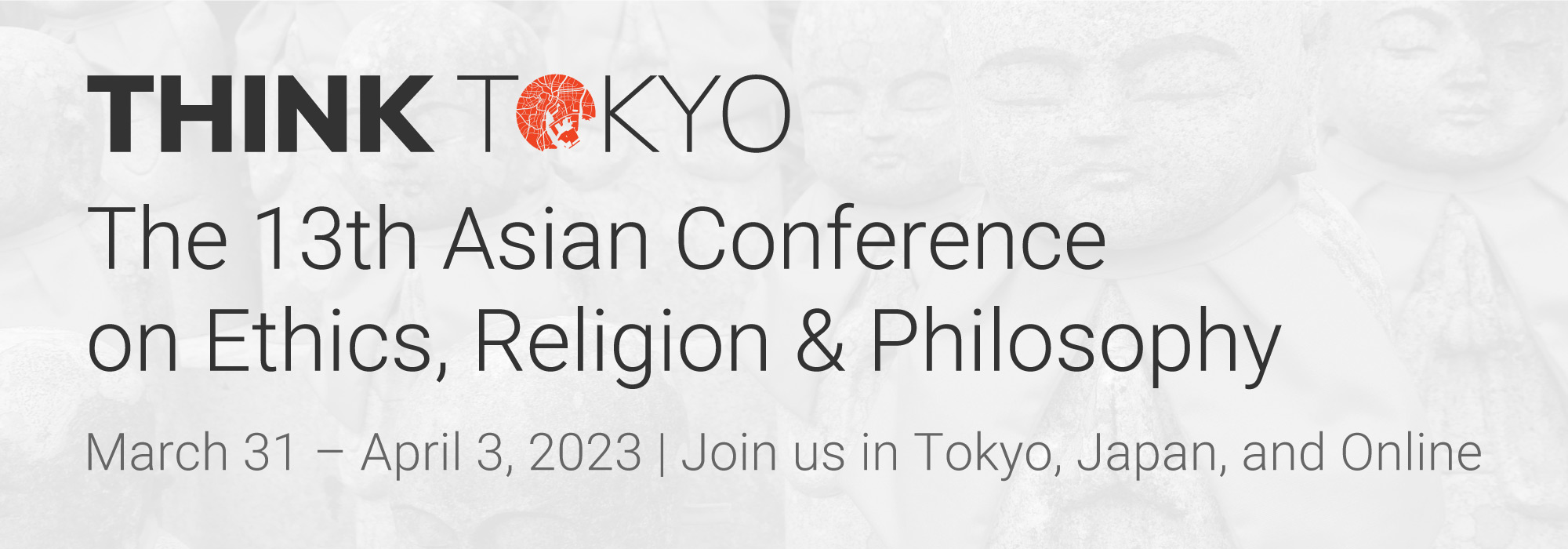“Kawaii” is one of the most popular words in contemporary Japan. It is often translated as “cute” in English, but the nuances and connotations of the two words seem to be different. The psychology of cuteness has its roots in Konrad Lorenz’s (1943) concept of Kindchenschema (baby schema), which assumes that specific physical features – such as a round head and big eyes – serve as key stimuli that instinctively trigger perceptions of cuteness and protective behaviour in humans. However, after over 70 years of research, we are beginning to see that the perception and feeling of cuteness are not directly related to nurturance. It goes beyond a response to infantile stimuli and is better conceptualized as a more general, positive emotion related to sociality and approach motivation. In this talk, I will introduce the current status of kawaii/cuteness research in the cognitive and behavioural sciences and discuss the importance of this emotion in a mature society of symbiosis. In particular, I would like to discuss which aspects of kawaii are unique to Japanese culture and which aspects seem to be universal to all humans.
Beyond Cuteness: An Emerging Field of the Psychology of “Kawaii”

